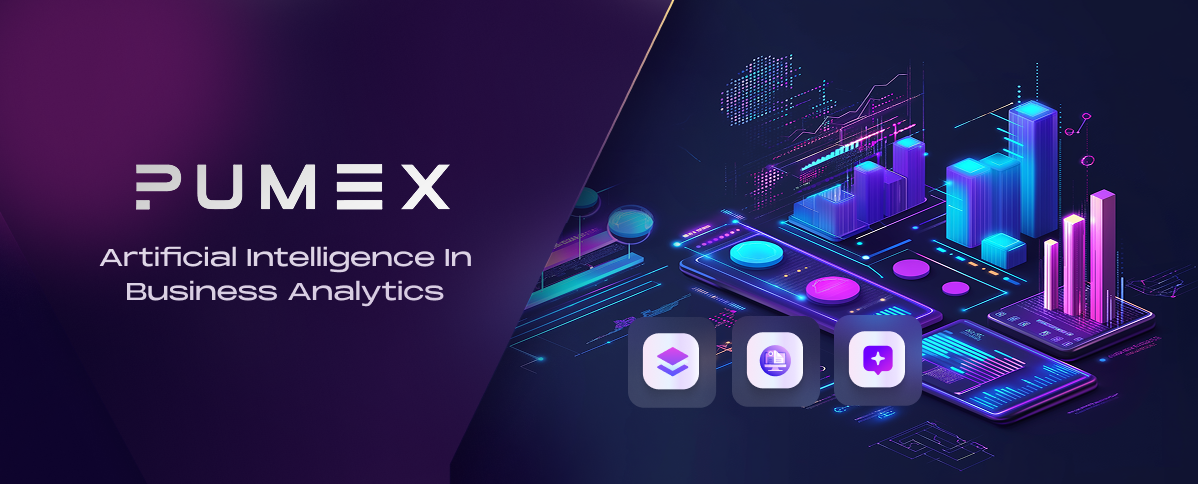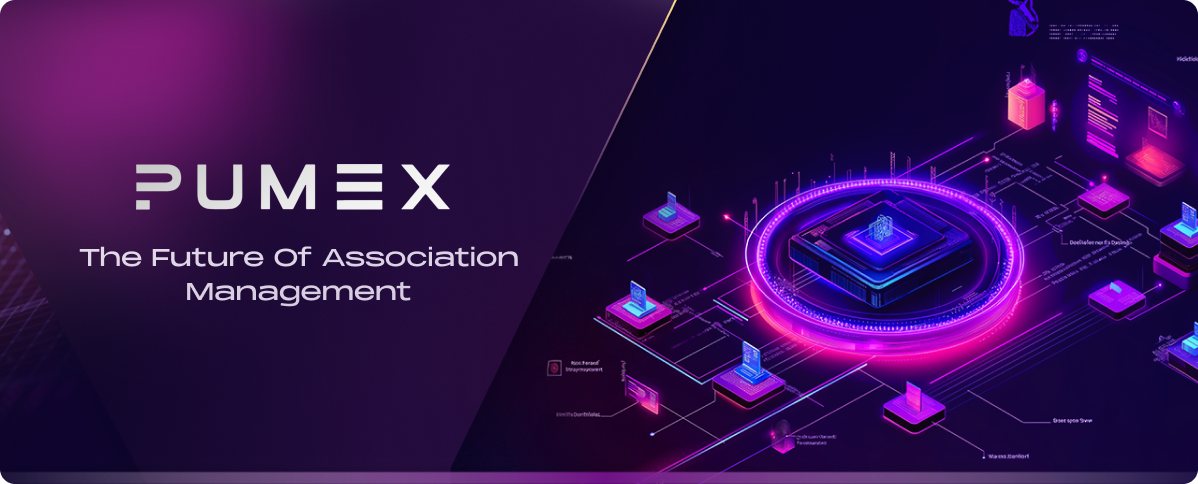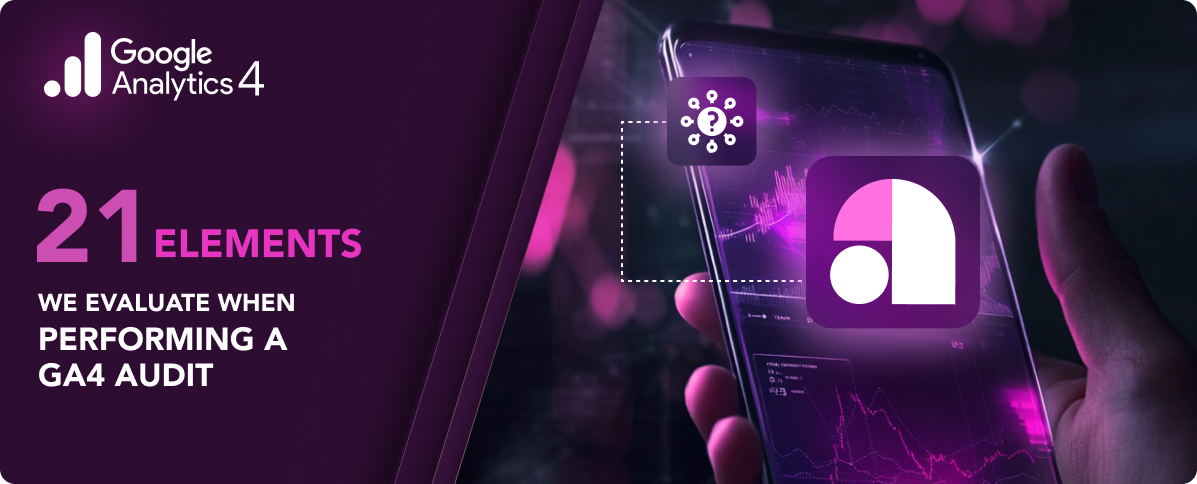Drupal site publishers earned a reprieve when it was announced that the “end of life” for Drupal 7 has been extended from November 1, 2023 to January 5, 2025. There are many reasons that organizations are still running old code. This decision gives teams another year to migrate sites. The peak developer activity for the open-source Drupal content management system (CMS) was in the early days of Web 2.0 and versions 5 to 7 of the platform. Acquia management made a decision to abandon backward compatibility with the Drupal 8 release. This left many businesses stranded. Even worse, many companies who invested early in Drupal development with custom PHP solutions find their projects stuck maintaining legacy code that cannot be upgraded easily to new standards. Many modules and themes that provide functionality for D7 sites are not maintained or available. This document seeks to advise business and nonprofit organizations still running Drupal 7 on the best way forward. The good news is due to the new decision by the Drupal governing committee, developers will have another calendar year to work on building their code for website migrations.
In the Drupal 6.x-7.x era, the CMS competed head-to-head with WordPress as an open-source PHP web development solution. After the release of Drupal 8, the lack of backward compatibility and the abandonment of the small business market led to WordPress surging in popularity over Drupal. WordPress is now estimated to run over 40% of all websites globally. Drupal has slipped to less than 1% globally with the latest release of version 10. Many organizations are left maintaining legacy code that needs to be migrated, refactored, and modernized before the D7 EoL deadline in 2025. The major problem facing organizations with Drupal 7 websites is the lack of backward compatibility for important modules and themes. Other organizations have invested in custom code that cannot be easily upgraded from PHP 5 to PHP 8 standards lacking proper documentation or change of staff. Pumex is a professional Drupal development agency with 15+ years of experience in custom PHP, JavaScript, and MySQL database solutions. We recommend that organizations migrating Drupal 7 sites to new solutions consider the following points before making the final decisions on the platform.
The lack of backward compatibility between D7 & D8 modules and themes led to open-source developer flight from the CMS community. Many programmers simply abandoned their modules and moved on to other projects. Drupal 8 introduced Twig & Symfony over the PHPtemplate system. One advantage of the PHPtemplate system is that it allowed coders to add functions to Drupal as requested by site owners or management without creating new modules. The general lack of documentation and inability to upgrade this type of code keeps many sites forced to run on D7. Similarly, there are thousands of D6-D7 modules that provided important functionality that were never upgraded to D8 versions. How websites that rely on outdated functionality can upgrade remains a major problem. Many themes need to be completely rewritten for the upgrade to occur. Acquia recommends that organizations take responsibility for older modules and themes to invest in the production of D8-compatible upgrades. The D8 to D10 update path is generally smooth, but the lack of availability of important modules from D7 is the biggest hindrance to project update goals.
If your Drupal 7 site relies on modules or themes that are not compatible with D8 and have not been upgraded by Acquia, consider taking over maintainership for these projects and modernizing the code. Pumex developers specialize in debugging D7 theme problems and updating old modules. The extension of the End of Life date for Drupal 7 establishes a minimum runtime standard of PHP 5.5, whereas Drupal 10 already supports the features of PHP 8 (Read our blog on Drupal 10 Migration). Site owners with spaghetti code are locked into compatibility with older versions of PHP that are outdated with potential security issues. On a technical level, there are only two differences between Drupal 8.9 and 9.1, which have to do with dependencies and depreciated code. Once a module or theme has become compliant with the Drupal 9.x version standards, it will also be able to be published as compatible with the 10.x release. Making the update to a Drupal 10 site re-establishes your apps with PHP 8 runtime ability as well as many other new feature upgrades of the platform. JSON API & GraphQL options now allow Drupal to run as a headless CMS with React, Vue, Gatsby, and other modern frameworks for mobile apps. According to developer John Faber of Chapter Three, the Next-Drupal distro “allows us to create these frontends that are production-level frontends on a very lightweight React framework.” Drupal site owners should make a decision now on whether or not to adopt headless CMS architecture.
IT departments must deal with cycles of hardware and software development that are industry standards. There have been significant advances in web development since Drupal 7 was a popular choice for publishers. When upgrading your D7 site, make sure to adopt the best of new practices. Running Drupal 8-10 websites as a decoupled or headless CMS option with React, Vue, Gatsby, and other frameworks allows legacy content to be refactored for native display across multiple device types. The JSON API and GraphQL options for Drupal are world-class and support enterprise scale. Still, many companies choose to migrate from Drupal 7 to WordPress or another decoupled CMS solution due to the ease of use in administration or access to more open-source plugins & themes. Pumex managers can help you decide and build a custom programming team for new solutions. Integrating a PHP-based CMS like Drupal with data analytics and machine learning for content recommendation involves adopting a microservices approach vs. the traditional monolithic installation of code. Pumex helps Drupal site owners transition to API-first approaches for content delivery.
The minimum goal of a Drupal 7 upgrade should be a fully functioning Drupal 9 site running on the latest version of PHP 8. Drupal 9 sites and modules operate with near equivalency to D10. Acquia is now providing for backward compatibility between versions to avoid the problems of D7 upgrades. PHP 8 support in Drupal begins with version D 9.1. The database requirements are:
The Drupal 10 release includes major updates to the CKEditor, Symfony, and Twig components that are used to build Drupal themes. Drupal 10 is made to highlight the capacity of the CMS to function as a Digital Experience Platform (DXP). The main features are available on Acquia Cloud. Acquia Cloud is arguably the most advanced distribution of Drupal available to publishers, as it represents the fusion with Mautic marketing analytics for major brands with Drupal Commerce. Pantheon maintains the most development options for independent Drupal design teams. Both platforms focus on the maintenance of staging environments that can be used for testing Drupal 7 upgrades before going live with updates or new features. Acquia Cloud competes in enterprise markets with Adobe Experience Cloud and Salesforce Lightning frameworks. Acquia is promoting a Next.js starter kit for headless Drupal projects. Buytaert has described the solution as similar to the Faust.js framework developed by WP Engine. Pumex developers will support both monolithic and headless Drupal CMS development for DXP usage requirements.
The fusion of Drupal for content management, Mautic for marketing analytics, and managed cloud services from Acquia transforms the CMS into a powerful DXP that competes with Adobe, Hubspot, & Salesforce, assisted by the acquisition of the company by Vista Equity Partners for $1 billion USD. Many independent Drupal developers have transitioned their sites to WordPress or SSG options based on JAMstack development techniques to avoid the problems with monolithic CMS apps. WordPress has many similar problems to Drupal, but is much easier to maintain and upgrade. The difficulty of the Drupal 7 upgrade process for complex websites running custom code has been noted, where the introduction of PHPComposer and Drush requirements in the CMS has made it more difficult to maintain over time. This has led many Drupal users to migrate to other platforms. Pumex has over 15 years of experience developing for monolithic CMS systems like Drupal, WordPress, Magento, and Joomla. This includes custom PHP, JavaScript, HTML, and CSS solutions for building new modules, plugins, and themes. We also support Acquia Managed Cloud migrations.
If your legacy Drupal 7 website is still running on shared hosting, it may be beneficial to upgrade to a VPS plan with more resources for the CMS. A shared plan will only allocate around 1 GB or less of RAM. Migrating to a VPS or VM platform with 4 GB RAM and multiple vCPUs will improve speeds. Google PageSpeed now depends on Core Web Vitals for a significant portion of the calculation of their PageRank algorithm. Drupal sites depend on web page caching for performance. It helps to find a web hosting provider with managed NGINX, Redis, and Varnish Cache admin support. The advantages of a managed cloud approach like Acquia’s are significant when compared to a developer-centric hosting platform like Pantheon. The cost of Acquia’s managed cloud services is targeted to enterprise brands with high rates of scalability and large catalogs of consumer products. Pumex works with organizations of all sizes to determine what level of cloud hosting and datacenter support is required for each project. We make suggestions for improvement of Drupal CMS performance based on datacenter hardware specifications, web caching, and CDN services. Most Drupal 7 upgrades will require the installation of a staging environment for the testing of new code and debugging issues for relaunch. While this can be done easily on a subdomain, we recommend to also upgrade the web server resources when relaunching sites for page speed.
If your organization is stuck managing a Drupal 7 website with custom code that has lost its original development team or cannot be upgraded to D8+ due to theme rewrite issues and missing modules, consider Pumex staff augmentation services for professional Drupal development. Pumex programmers can perform a site audit on your Drupal 7 installation to determine where the bottlenecks and outdated code snippets are found. We then begin the process of re-writing the theme and custom module requirements in PHP, JavaScript, and CSS for a clean Drupal 8 upgrade. The goal of a Pumex Drupal 7 upgrade project is swift and secure transformation to the latest platform standards. Drupal 10 was released in December of 2022. Resources for the use of Drupal as a decoupled CMS have expanded. The code can also be transformed into a DXP application. DXP apps, like AEP & Salesforce, personalize content to create unique journeys for users based on their specific roles, interests, browsing history, etc. Acquia merged with Mautic to add data-driven platform analytics to Drupal websites running ecommerce stores for major global brands. Drupal site owners should consider the advantages of headless or decoupled CMS operations over a monolithic installation when upgrading a D7 CMS website. Upgrade your datacenter architecture for better performance. Pumex supports Drupal 7 upgrades and migration of content to WordPress.
Drupal 7 End of Life – What to Do?
1. Take Responsibility for Open Source Code
2. Migrate Modules & Themes to Drupal 10
3. Standardize Functionality with New Solutions
4. Build a Stable Production Site on Drupal 9
- MySQL or Percona: Version 5.7.8 or greater
- MariaDB: Version 10.3.7+ or higher
- SQLite: Version 3.26 or above

















































